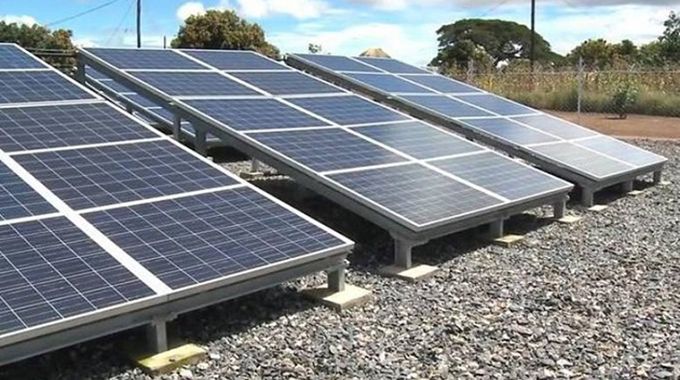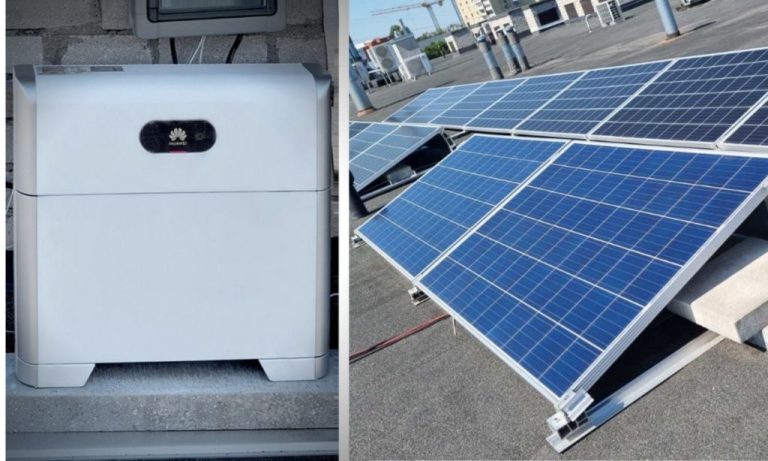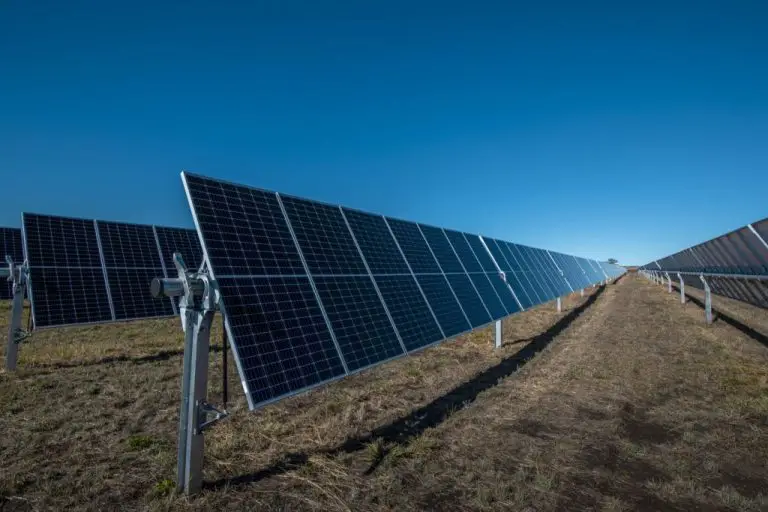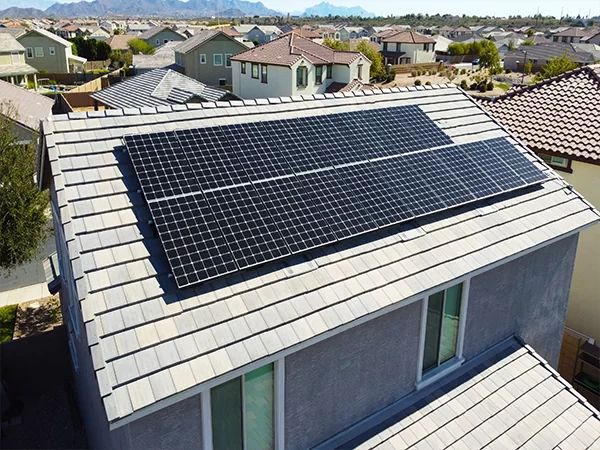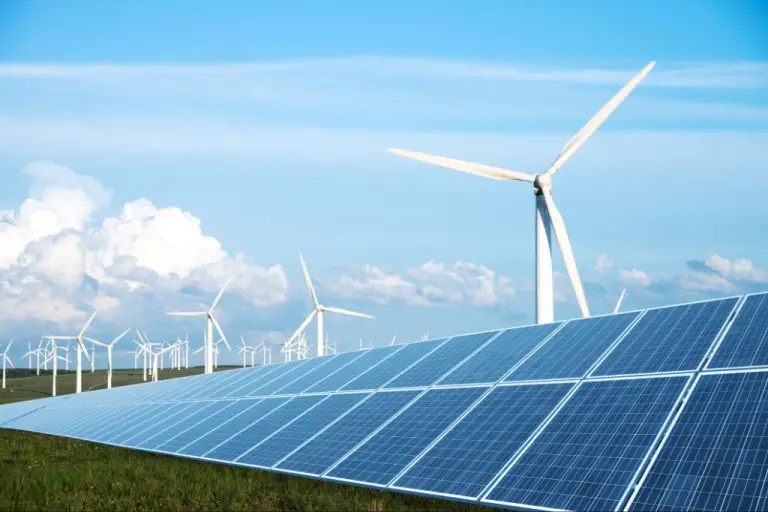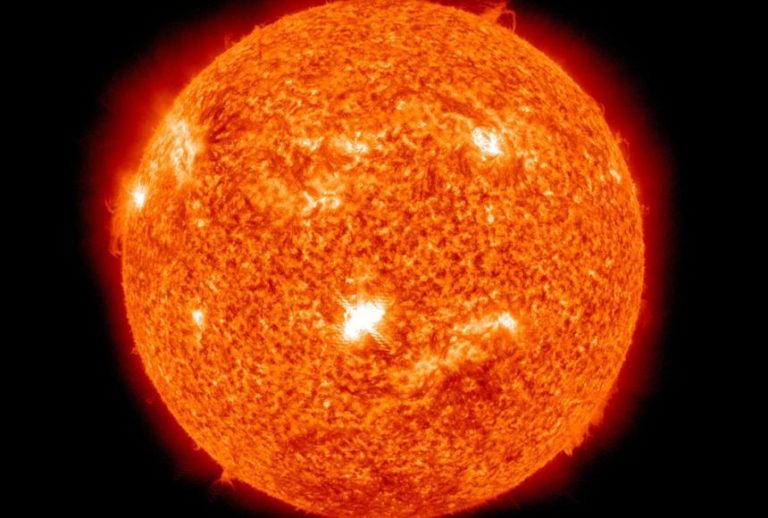Is The Sun The Only Source Of Energy?
The sun is the most prominent source of energy in our solar system, providing light and heat that sustains life on our planet. However, it is not the only source of energy available to us. This article will examine other sources of energy that power our modern society, from fossil fuels to renewable resources. We will analyze the pros and cons of each energy source and consider whether any can truly replace the sun in providing humanity’s vast energy needs in a sustainable way. By the end, we will have a better understanding of the diverse array of energy sources at our disposal.
The Sun as a Source of Energy
The sun is the primary source of energy for life on Earth. The sun radiates an enormous amount of energy in the form of electromagnetic radiation, which includes visible light, ultraviolet light, and infrared radiation. This radiation emitted by the sun travels through space and is either absorbed by or reflected off the Earth’s atmosphere. About half of the solar radiation that reaches Earth is absorbed by the planet’s land, oceans and atmosphere. This solar energy powers the planet’s weather and drives the water cycle, allowing for rainfall that fills rivers and lakes.
Plants and other photosynthetic organisms are able to convert the radiant energy from sunlight into chemical energy through the process of photosynthesis. This energy is stored in the bonds of carbohydrate molecules like glucose that the plants produce. Animals obtain this stored chemical energy by eating plants or other animals that previously ate plants. In this way, the radiant energy from the sun is transferred through ecosystems to sustain almost all life on Earth.
Humans have also harnessed the sun’s radiant energy through solar power technologies like photovoltaic panels that convert sunlight into electricity. Concentrated solar power systems use mirrors to focus sunlight to drive traditional steam turbines. These and other solar energy technologies allow the radiant energy from the sun to provide renewable, emissions-free energy for human needs.
Fossil Fuels
Fossil fuels like coal, oil, and natural gas are considered stored solar energy from ancient plants and animals that lived millions of years ago. Over long periods of time, the remains of these organisms were buried under layers of rock and soil. As they were buried deeper, heat and pressure transformed their organic matter into fossil fuels.
The process began when ancient plants like trees and algae absorbed energy from the sun through photosynthesis. When these plants died, they sank to the bottom of seas, lakes, and swamps, forming layers of organic material. Over millions of years, the material was compressed under new layers of sediment, causing it to transform into substances like peat and crude oil.
For coal, dead plant matter accumulated in swamps, forming peat. Buried deeper, heat and pressure turned the peat into coal. For oil and natural gas, tiny marine organisms and zooplankton died and were buried on the sea floor. The organic material was heated, pressurized, and liquefied into hydrocarbons.
Today, we drill and mine fossil fuels to power our modern industrial society. Coal is burned to generate electricity, provide heat, and make steel. Oil is refined into gasoline, diesel, and other fuels to power vehicles, ships, and airplanes. Natural gas is used for heating, cooking, electricity generation, and industrial processes.
The solar energy stored by ancient plant and animal life is what makes fossil fuels such an abundant, high-density source of energy. However, burning them releases carbon dioxide into the atmosphere, contributing to climate change. Fossil fuels are nonrenewable and will eventually run out.
Nuclear Energy
Nuclear energy comes from the splitting (fission) or merging (fusion) of atomic nuclei. In nuclear fission, the nucleus of a heavy element like uranium or plutonium is split into two smaller nuclei, releasing a huge amount of energy in the process. This energy can be used to generate electricity.
In nuclear power plants, a controlled fission chain reaction is initiated and contained in a nuclear reactor. The enormous heat generated from fission boils water to create steam, which spins a turbine to generate electricity. Over 400 nuclear power plants around the world produce about 10-11% of global electricity.
Nuclear fusion works by fusing together light atoms like hydrogen into heavier ones like helium. This also releases massive amounts of energy. Fusion is what powers the sun and stars, but the technology to control fusion for power production remains in development.
There are concerns around nuclear power, including risks of accidents and what to do with radioactive waste products that remain dangerous for thousands of years. Proponents argue that nuclear energy is safe when properly regulated. They point out that it produces no air pollution or carbon emissions while generating reliable baseload power. Overall, nuclear power remains controversial with ongoing debates around safety and waste disposal issues.
Geothermal Energy
Geothermal energy taps into the natural heat from the earth’s core to generate electricity and provide heating and cooling. The high temperatures deep beneath the earth’s surface contain a nearly limitless amount of thermal energy. Geothermal power plants use wells and pumps to bring this heated water or steam to the surface. The steam rotates a turbine that activates a generator, which then produces electricity. After being used, the steam is returned to the ground through an injection well.
Geothermal energy is considered a renewable energy source because the water is replenished by rainfall and the heat is continuously produced inside the earth. In areas with substantial geothermal activity, such as parts of the western United States, Iceland, and Italy, geothermal power plants provide clean electricity to homes and businesses. Geothermal heating and cooling systems can also draw from the constant temperatures deep underground to control temperatures in buildings.
The geothermal energy available close to the earth’s surface can directly heat buildings through a process called direct use. Hot springs near the surface provide natural hot water that can heat nearby homes and buildings. Although geothermal energy generation emits little pollution, development needs to be carefully managed to avoid depletion of underground reservoirs and minimized disruption of geyser activity or hot springs on the surface.
Hydro Power
Hydroelectric power is one of the leading renewable sources of energy in the world. It relies on the natural water cycle, where water evaporates, forms clouds, condenses into rain or snow, and flows back down to the ocean. This movement of water can be harnessed to generate clean electricity.
Hydroelectric plants capture the energy of flowing water by directing it through large turbines, which spin and activate generators to produce electricity. Dams are often constructed to create reservoirs, control water flow, and increase the water pressure. As the water flows through the dam and spins the turbine blades, the rotational kinetic energy is converted into electric current.
Some of the largest hydroelectric projects in the world include the Three Gorges Dam in China, the Itaipu Dam on the Brazil/Paraguay border, and the Guri Dam in Venezuela. The Three Gorges Dam spans the Yangtze River and has a massive capacity of 22,500 megawatts, making it the biggest hydroelectric plant globally. While hydro power is clean and renewable, large dams can also have environmental and social impacts that must be managed carefully.
Wind Power
Wind power has emerged as a significant renewable energy source worldwide. Wind turbines convert the kinetic energy of wind into mechanical power, which is then converted into electricity. The wind turns large turbine blades, which spin a shaft connected to a generator to produce electricity.
Wind speed is a crucial factor in generating wind power. Ideal wind farm locations offer a strong and consistent wind resource. Onshore wind farms are located in plains, hilltops, and mountain gaps where winds are the strongest. Offshore wind farms are now being built to access stronger and more stable sea breezes.
Over the past decade, wind power capacity has expanded rapidly as larger turbines with taller towers access steadier winds. Wind energy is considered one of the lowest impact and most sustainable energy sources. It produces no air pollution or greenhouse gases during operation.
According to the U.S. Energy Information Administration, wind power capacity in the United States has grown from about 6,000 megawatts in 2000 to over 122,000 megawatts in 2021. Large wind farms now operate from the Midwest to offshore locations along the Atlantic and Gulf coasts. Wind energy continues to expand its share of electricity generation across the country.
Biofuels
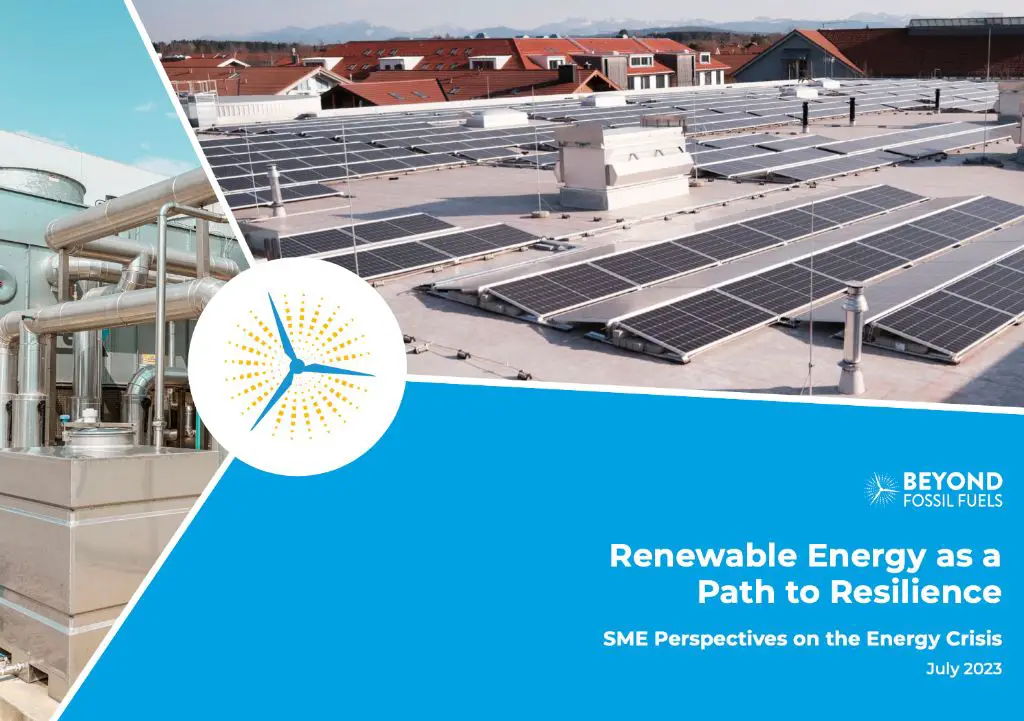
Biofuels are fuels produced directly from living matter. The most common biofuels are ethanol and biodiesel. Ethanol is an alcohol fuel made by fermenting the sugar components of plant materials like corn, sugarcane or switchgrass. It can be blended with gasoline to reduce petroleum consumption. Biodiesel is made from vegetable oils, animal fats or recycled greases. It can be used as a replacement for diesel in combustion engines.
Biofuels are considered renewable energy sources because the feedstocks used to produce them can be rapidly grown. The plants absorb carbon dioxide as they grow, balancing the CO2 emitted when the fuels are burned. This makes biofuels relatively carbon-neutral compared to fossil fuels. However, growing large amounts of crops specifically for biofuel production can compete with food production for land and other resources. There are also debates about the total net carbon emissions from biofuel production and use when all factors are considered.
Most gasoline today contains about 10% ethanol blended in to reduce emissions and dependence on fossil fuels. Biodiesel is commonly used in blends up to 20% with petroleum diesel. Ongoing research aims to make biofuel production more efficient and cost-effective. Advanced biofuels in development such as cellulosic ethanol made from crop residues and perennial grasses could further reduce the carbon footprint of transportation.
Other Sources
In addition to the major renewable energy sources discussed already, there are a few other notable emerging sources of energy that show promise for the future:
Tidal Power
Tidal power utilizes the natural rise and fall of ocean tides to generate electricity through tidal turbines. Tidal energy has great potential, especially in areas with high tidal ranges.
Wave Power
Wave power harnesses energy from the motion of ocean surface waves to produce electricity. Wave power technologies are still in relatively early development stages.
Hydrogen Fuel Cells
Hydrogen fuel cells generate electricity through an electrochemical reaction between hydrogen and oxygen. Hydrogen is a clean, high-energy fuel that could play a bigger role powering vehicles, buildings, and more in the future.
Conclusion
In summary, while the sun is the original source of energy that powers life on earth, it is not the only source of energy used by humans today. Fossil fuels like oil, coal and natural gas contain ancient sunlight that was stored underground over millions of years. Nuclear power harnesses the energy released when unstable radioactive elements decay. Geothermal energy taps into the natural heat within the earth’s core. Hydropower utilizes the energy of moving water. Wind power harnesses the kinetic energy of wind. Biofuels capture energy from plants. There are even some experimental technologies that can convert mechanical energy from waves or tides into electricity.
So although the sun provides the baseline energy that makes most other energy sources possible, humans rely on a diverse mix of renewable and nonrenewable energy sources. The use of renewables like solar, wind and hydropower is growing as we work to transition toward more sustainable energy. But fossil fuels and nuclear still make up the majority of energy consumed worldwide. While the sun will likely remain the original source of energy for the foreseeable future, human civilization taps into a wide range of energy sources beyond just the sun.

